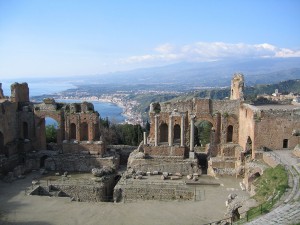With the last days of Christmas coming to a close, we hope that you all had a restful and enjoyable festive season. Special Collections & Archives is now open as usual again and we look forward to seeing you in 2016.
If you’ve been getting involved in social media over the festive period, you might have seen our very own celebration of the Twelve Days of Christmas via @UoKSpecialColls. With only 140 characters in which to celebrate our wide range of collections, we had to be brief, but I thought I’d take this opportunity to tell you more about some of the items we featured.
The first day of Christmas: an ancient Greek vase
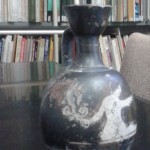 Perhaps one of our most enigmatic items, this Greek vase has been part of Special Collections for a long time, and represents those stand alone items which are not part of any collection, but are unique, rare or valuable within their own right. Although the provenance of the vase is unknown, information with the item does suggest that this is an ancient treasure.
Perhaps one of our most enigmatic items, this Greek vase has been part of Special Collections for a long time, and represents those stand alone items which are not part of any collection, but are unique, rare or valuable within their own right. Although the provenance of the vase is unknown, information with the item does suggest that this is an ancient treasure.
The second day of Christmas: two pantomime clowns
Still a staple of the festive season, pantomime was an important part of the theatrical tradition throughout the Victorian and Edwardian periods. The clowns were, of course, an early part of the pantomime genre, which evolved from the Italian comedia dell’arte. These two comedians are Dick Henderson and George Jackley, who regularly collaborated with the Melville family in their annual pantomimes. This image is from the 1923/24 production of Jack and the Beanstalk at the Lyceum Theatre.
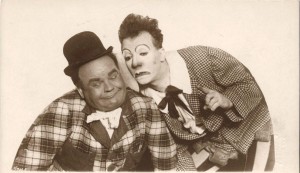
Information about the Theatre Collections.
The third day of Christmas: three cute koalas
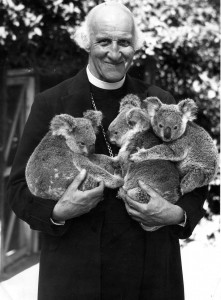 This lovely image is of Hewlett Johnson, Dean of Canterbury Cathedral from 1931-1963. A contraversial figure in his lifetime, owing to his stalwart support of Communist regimes including Stalin’s Russia and Mao’s China, Johnson travelled widely. This photograph is from an album celebrating Johnson’s visit to Australia in 1950 as part of a global tour giving speeches at Peace Rallies. Having travelled via Rome, Karachi and Calcutta, Johnson then visited Sydney and Darwin, arriving in Melbourne on 15th April. The photograph was taken at Lone Pine Wildlife Sanctuary, Brisbane in Queensland.
This lovely image is of Hewlett Johnson, Dean of Canterbury Cathedral from 1931-1963. A contraversial figure in his lifetime, owing to his stalwart support of Communist regimes including Stalin’s Russia and Mao’s China, Johnson travelled widely. This photograph is from an album celebrating Johnson’s visit to Australia in 1950 as part of a global tour giving speeches at Peace Rallies. Having travelled via Rome, Karachi and Calcutta, Johnson then visited Sydney and Darwin, arriving in Melbourne on 15th April. The photograph was taken at Lone Pine Wildlife Sanctuary, Brisbane in Queensland.
Information on the Hewlett Johnson Papers.
The fourth day of Christmas: the voyaging Beagle
The Jack Johns Darwin Collection includes a wealth of early and rare editions of Charles Darwin’s work, including a first edition of the ‘Narrative of the surveying voyages of His Majesty’s ships Adventure and Beagle, between the years 1826 and 1836‘. Johns became fascinated with Darwin while volunteering at the museum of the Darwin family home, Down House in Kent. This 1839 edition comprises four volumes: two written by Fitz-Roy, the captain of the Beagle, one by Philip Parker King, the naturalist on the voyage, and the third volume by Charles Darwin, whose official role on the voyage was as companion to the Captain. Following Darwin’s later fame, later editions of The Voyage of the Beagle comprised just this third volume.
Information about the Jack Johns Darwin Collection.
The fifth day of Christmas: five Portuguese windmills
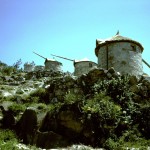 The Muggeridge Collections include a variety of photographs of mills and other rural subjects, which date from 1904 onwards. William Burrell Muggeridge and his son Donald were fascinated by the vanishing rural life in Britain and across the wider world. Donald’s role in the Second World War gave him the unlikely opportunity of photographing mills across Europe, and he later supplemented this collection on family holidays. The set of images of mills in Portugal were taken in April 1966: this photograph is of a group of tower mills at Abelheira near Esposende. As well as documenting lost architecture and ways of life, the Muggeridge father and son were also innovative in their use of developing photographic technology.
The Muggeridge Collections include a variety of photographs of mills and other rural subjects, which date from 1904 onwards. William Burrell Muggeridge and his son Donald were fascinated by the vanishing rural life in Britain and across the wider world. Donald’s role in the Second World War gave him the unlikely opportunity of photographing mills across Europe, and he later supplemented this collection on family holidays. The set of images of mills in Portugal were taken in April 1966: this photograph is of a group of tower mills at Abelheira near Esposende. As well as documenting lost architecture and ways of life, the Muggeridge father and son were also innovative in their use of developing photographic technology.
Information about the Muggeridge Collections.
The sixth day of Christmas: six Stand-Up comedians
 Since the autumn of 2014, the University of Kent has hosted the nascent British Stand Up Comedy Archive, which was founded with the deposit of materials from comedians Linda Smith and Mark Thomas. This archive includes a wealth of audio visual materials and is growing rapidly. Alongside the collections of another four comedians, materials include records of venues, interviews with comedians and some magazines relating to the early Stand Up Comedy scene.
Since the autumn of 2014, the University of Kent has hosted the nascent British Stand Up Comedy Archive, which was founded with the deposit of materials from comedians Linda Smith and Mark Thomas. This archive includes a wealth of audio visual materials and is growing rapidly. Alongside the collections of another four comedians, materials include records of venues, interviews with comedians and some magazines relating to the early Stand Up Comedy scene.
Information on the British Stand-Up Comedy Archive.
The seventh day of Christmas: seven bad girls of the family
Melodrama was a hugely popular genre on the stage throughout the nineteenth century and into the twentieth. One of the last series of hugely popular melodramas were the so-called ‘Bad Women’ dramas written and produced by the brothers Fred and Walter Melville, during the first two decades of the 1900s. These included such evocative titles as ‘The Girl Who Wrecked His Home’ and ‘A Girl’s Cross Roads’. One of the novelties of these productions were the use of female villains, usually with a male counterpart, who often had dubious morals and plotted to ruin the heroine. Although Walter Melville was acused of being a ‘woman hater’, these roles would have offered the actresses in the company an unusually rich character to portray. This publicity postcard comes from a set for ‘The Bad Girl of the Family’, produced around 1909 at the Adelphi Theatre, London.
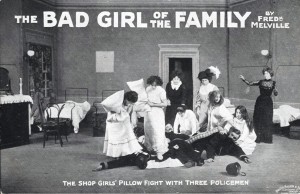
Information about the ‘Bad Women’ Dramas.
The eighth day of Christmas: eight Melville children
The Melville Collection contains gems from a theatrical dynasty which started with George Robbins (1824-1898), who alledgedly ran away to join the theatre, changing his surname to Melville. His son, Andrew Melville I continued the theatre tradition, and had eight children with his wife, Alice, all of whom went on to become performers, playwrights, theatre managers and owners. Of the eight, Jack died young, but the four daughters went on into the profession and married performers. Fred and Walter became successful theatre managers in London, owning the Lyceum Theatre and building the Prince’s theatre in 1911, which is now the Shaftesbury. Andrew Melville II was an actor and manager outside London, with the Grand Theatre in Brighton on his circuit. It was the widow of Andrew Melville II’s son who donated the collection to the University.
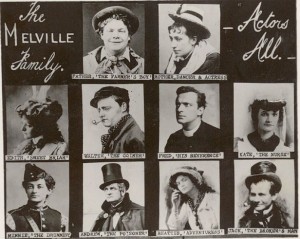 Information about the Melville family.
Information about the Melville family.
The ninth day of Christmas: nine worthy women
 Alongside our archival collections, Special Collections also holds a number of rare books. Written by Thomas Heywood, this 1690 edition of The exemplary lives and memorable acts of nine the most worthy women of the world does not include the woodcuts present in the Cathedral Library’s copy. Considering the lives of ‘three Jews, three Gentiles and three Christian’ women, Heywood includes the Biblical Deborah, Judith and Esther, before considering three ‘heathens’, one of whom is Boudicca, called ‘Bonduca’ in this text. The three Christian women are ‘Elphleda’, daughter of Alfred the Great, Margaret of Anjou, queen of Henry VI, and, of course, Queen Elizabeth. Bringing together this range of women shows just how diverse Early Modern precedents for behaviour and virtue could be.
Alongside our archival collections, Special Collections also holds a number of rare books. Written by Thomas Heywood, this 1690 edition of The exemplary lives and memorable acts of nine the most worthy women of the world does not include the woodcuts present in the Cathedral Library’s copy. Considering the lives of ‘three Jews, three Gentiles and three Christian’ women, Heywood includes the Biblical Deborah, Judith and Esther, before considering three ‘heathens’, one of whom is Boudicca, called ‘Bonduca’ in this text. The three Christian women are ‘Elphleda’, daughter of Alfred the Great, Margaret of Anjou, queen of Henry VI, and, of course, Queen Elizabeth. Bringing together this range of women shows just how diverse Early Modern precedents for behaviour and virtue could be.
Information about the rare book collections.
The tenth day of Christmas: ten tins of talc
The British Cartoon Archive celebrated its 40th anniversary in 2015. Alongside the many cartoonists represented within this still growing collection, the well loved Giles artwork is a perennial favourite. As cartoonist for the Daily Express, Giles produced satirical political cartoons, but it is for his eclectic family of characters, including the mischevious children and irascible Grandma which he is most commonly known. This cartoon was published on 29th December 1964, proving that the post-Christmas sale is no new thing! Alongside the published version, the Archive holds the artwork and it was also included in the 1964 Giles annual. These annuals are still produced each year, with materials from the Giles Collection at the Cartoon Archive.
Information about Carl Giles materials in the British Cartoon Archive.
The eleventh day of Christmas: eleven Ken Smith poems
Modern literature is well represented in the Collections, with our Modern First Editions including poetry and prose. Alongside the reconstructed library of poet Charles Olson (collected and deposited by Ralph Maud), first editions of Brideshead Revisited and a number of works by E. M. Forster, we have small print press items which are regularly used in teaching. This volume is by Ken Smith, a major voice in world poetry, who died in 2003 and whose archive is at Leeds University, which Smith attended and where he also became tutor as Yorkshire Arts Fellow 1976-78.
Information about the Modern First Edition and Modern Poetry collections.
The twelfth day of Christmas: twelve William Harris letters
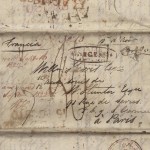
As with the ancient Greek vase, this small collection of letters represents gems in the archive which do not necesserily link with a wider range of materials. As successive blog posts have shown, however, the Harris correspondence offers insight into the adventures of an architect exploring Europe in the early nineteenth century.
Information about the William Harris letters.
If you’d like to know more about any of our items or collections, do take a look at the website, or contact us.
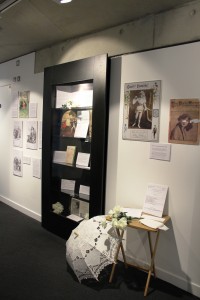
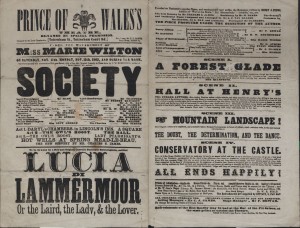

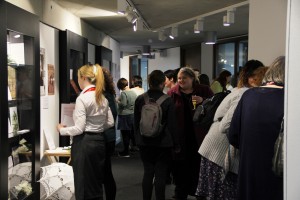
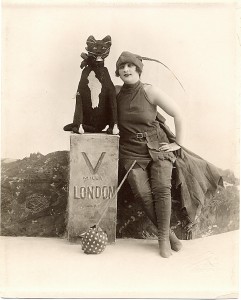


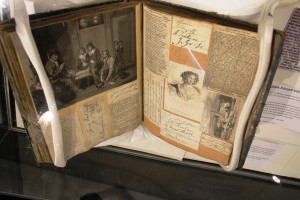

 Perhaps one of our most enigmatic items, this Greek vase has been part of Special Collections for a long time, and represents those stand alone items which are not part of any collection, but are unique, rare or valuable within their own right. Although the provenance of the vase is unknown, information with the item does suggest that this is an ancient treasure.
Perhaps one of our most enigmatic items, this Greek vase has been part of Special Collections for a long time, and represents those stand alone items which are not part of any collection, but are unique, rare or valuable within their own right. Although the provenance of the vase is unknown, information with the item does suggest that this is an ancient treasure.
 This lovely image is of Hewlett Johnson, Dean of Canterbury Cathedral from 1931-1963. A contraversial figure in his lifetime, owing to his stalwart support of Communist regimes including Stalin’s Russia and Mao’s China, Johnson travelled widely.
This lovely image is of Hewlett Johnson, Dean of Canterbury Cathedral from 1931-1963. A contraversial figure in his lifetime, owing to his stalwart support of Communist regimes including Stalin’s Russia and Mao’s China, Johnson travelled widely.  The Muggeridge Collections include a variety of photographs of mills and other rural subjects, which date from 1904 onwards. William Burrell Muggeridge and his son Donald were fascinated by the vanishing rural life in Britain and across the wider world. Donald’s role in the Second World War gave him the unlikely opportunity of photographing mills across Europe, and he later supplemented this collection on family holidays. The set of images of mills in Portugal were taken in April 1966: this photograph is of a group of tower mills at Abelheira near Esposende. As well as documenting lost architecture and ways of life, the Muggeridge father and son were also innovative in their use of developing photographic technology.
The Muggeridge Collections include a variety of photographs of mills and other rural subjects, which date from 1904 onwards. William Burrell Muggeridge and his son Donald were fascinated by the vanishing rural life in Britain and across the wider world. Donald’s role in the Second World War gave him the unlikely opportunity of photographing mills across Europe, and he later supplemented this collection on family holidays. The set of images of mills in Portugal were taken in April 1966: this photograph is of a group of tower mills at Abelheira near Esposende. As well as documenting lost architecture and ways of life, the Muggeridge father and son were also innovative in their use of developing photographic technology. Since the autumn of 2014, the University of Kent has hosted the nascent British Stand Up Comedy Archive, which was founded with the deposit of materials from comedians Linda Smith and Mark Thomas. This archive includes a wealth of audio visual materials and is growing rapidly. Alongside the collections of another four comedians, materials include records of venues, interviews with comedians and some magazines relating to the early Stand Up Comedy scene.
Since the autumn of 2014, the University of Kent has hosted the nascent British Stand Up Comedy Archive, which was founded with the deposit of materials from comedians Linda Smith and Mark Thomas. This archive includes a wealth of audio visual materials and is growing rapidly. Alongside the collections of another four comedians, materials include records of venues, interviews with comedians and some magazines relating to the early Stand Up Comedy scene.
 Information about the Melville family.
Information about the Melville family. Alongside our archival collections, Special Collections also holds a number of rare books. Written by Thomas Heywood, this 1690 edition of
Alongside our archival collections, Special Collections also holds a number of rare books. Written by Thomas Heywood, this 1690 edition of 

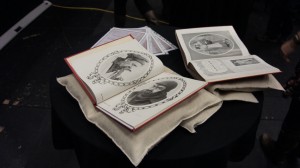
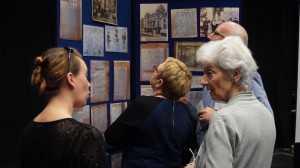

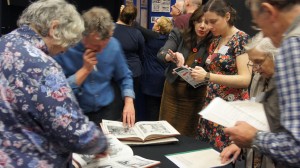

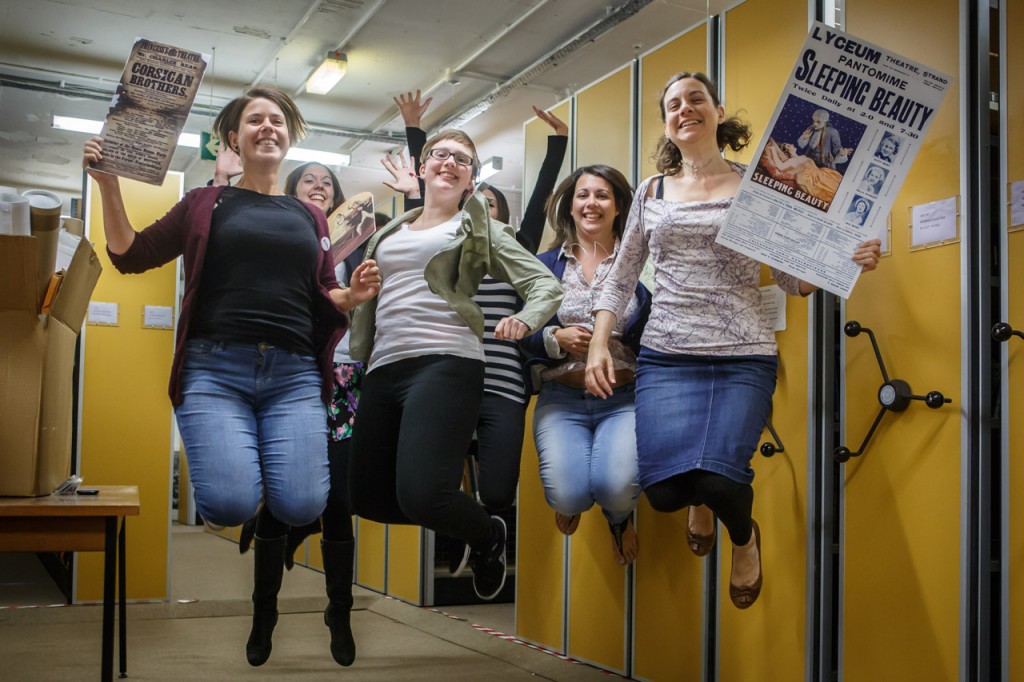

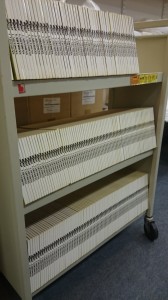
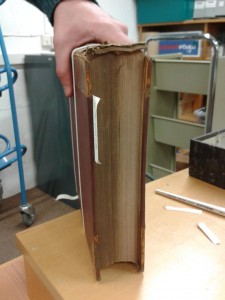
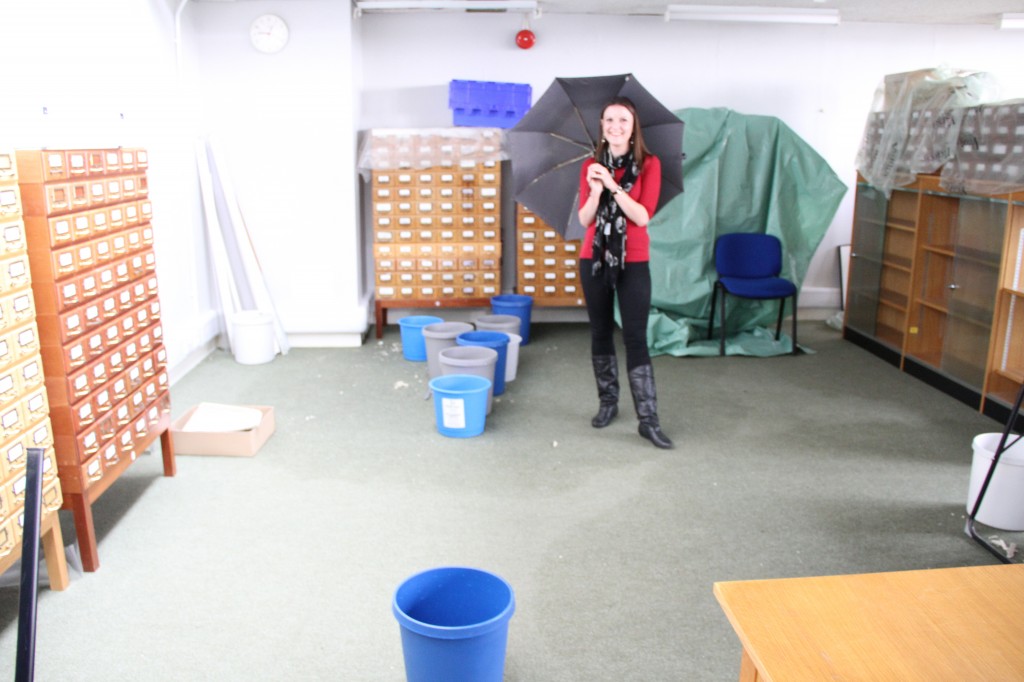
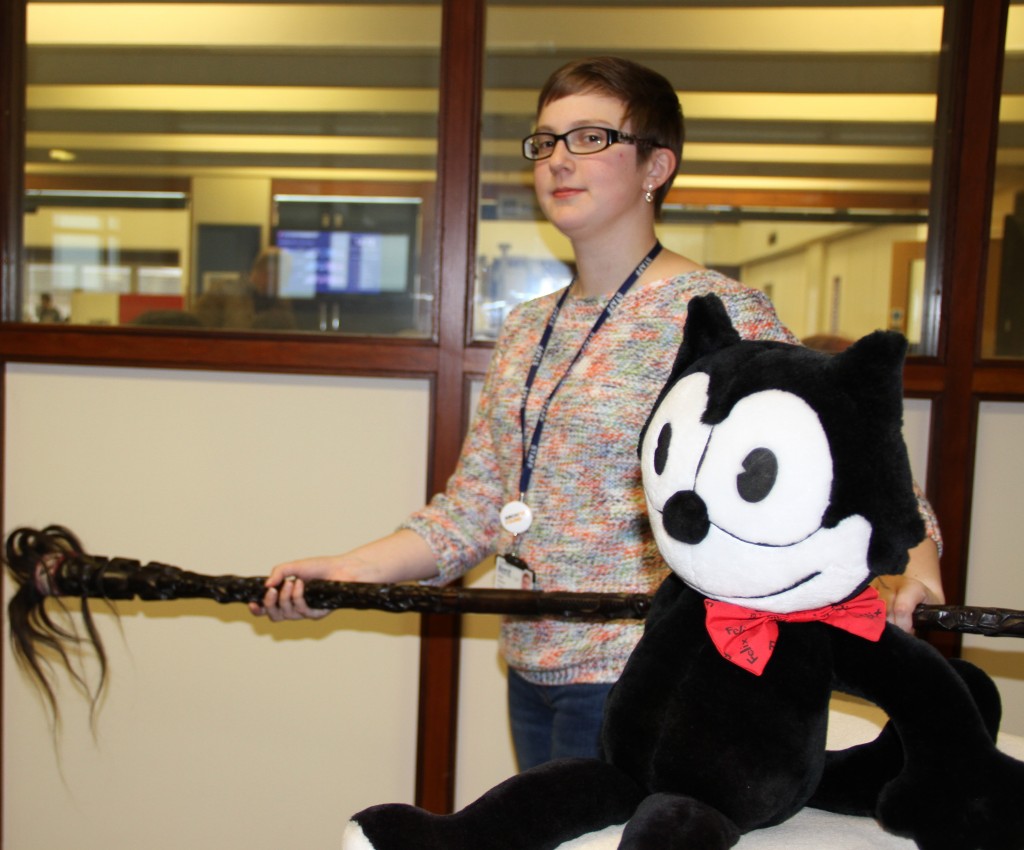
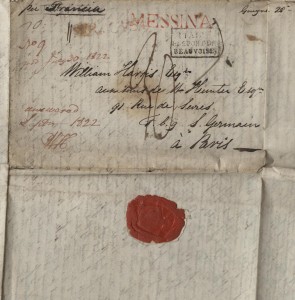 enthusiasm for discovering more about his journey has diminished; in fact, the other day I was idly glancing through a holiday brochure and saw a package tour around Sicily, covering Mount Etna, Palermo, Siracusa and Taormina and got a bit over excited. No, this isn’t my planned holiday for this year (not at that price!) but this does follow the journey which William and his friends took nearly 200 years ago. In fact, it looks like William was part of the team which undertook some of the earliest work on these now very popular tourist destinations.
enthusiasm for discovering more about his journey has diminished; in fact, the other day I was idly glancing through a holiday brochure and saw a package tour around Sicily, covering Mount Etna, Palermo, Siracusa and Taormina and got a bit over excited. No, this isn’t my planned holiday for this year (not at that price!) but this does follow the journey which William and his friends took nearly 200 years ago. In fact, it looks like William was part of the team which undertook some of the earliest work on these now very popular tourist destinations.

